Liturgical Music
NLC ARTICLES
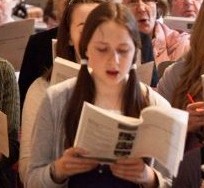
Music — especially singing — has been part of Christian liturgy in every time and place, and from the beginning. The liturgical-theological perspective can shed light on why music is essential in terms of human beings giving thanks to God.
official documents
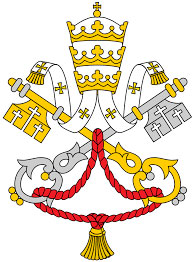
Holy See
In this letter, Pius X intends to foster a more fervent Christian spirit among the faithful through song. He points out the principles regulating sacred music in the functions of public worship, and gathers together the principal prescriptions of the Church against the more common abuses in this subject. Music like chant and polyphony are given pride of place in reaction to the use of orchestral and operatic music in liturgy.
Pius XI emphasises the importance of sacred music in the liturgy. A strong preference is given to vocal music—especially chant and polyphony—over instrumental, with the exception of the pipe organ. The formation of choirs is recommended, and the musical formation of clergy, seminarians, and all of the faithful is required.
This Encyclical intends to emphasise again the principles put forward by Pius X in 1903, but expanding them and adapting them to the time. Chant and polyphony have pride of place. It speaks of religious music outside of liturgy, of music in mission territories, and of the importance of education in the musical arts. A notable development is the explicit though reluctant permission to use vernacular hymns in liturgy.
This Instruction revisits the fundamentals of liturgical music in light of the liturgical reform of the Second Vatican Council and the principles of the Constitution on the Liturgy. It continues to give pride of place to chant and polyphony. Liturgy without music is seen as non-normative. Important in the document is the delineation of degrees of importance in terms of what is sung at Mass.
This short collection of the “minimum repertoire of Gregorian chant” was given to the bishops of the world in 1974 by Pope Paul VI. One can see it as what Paul VI viewed as the chants the faithful should continue to learn and use after the liturgical reform.
Issued on the Feast of St Cecelia, this letter from the Pope notes the importance of beauty in liturgical music and the importance of handing on the ancient tradition of sacred music even if adapted and recontextualised for the present day, for example, through the use of instruments other than the pipe organ or through engaging in appropriate liturgical-musical inculturation. The importance of musical formation and training is once again emphasized, as is the necessity of active participation through music and the inherent connection of music and ritual.
In this Letter Pope John Paul II considers the successes and unfinished work of the liturgical reform since the promulgation of the Constitution on the Sacred Liturgy.
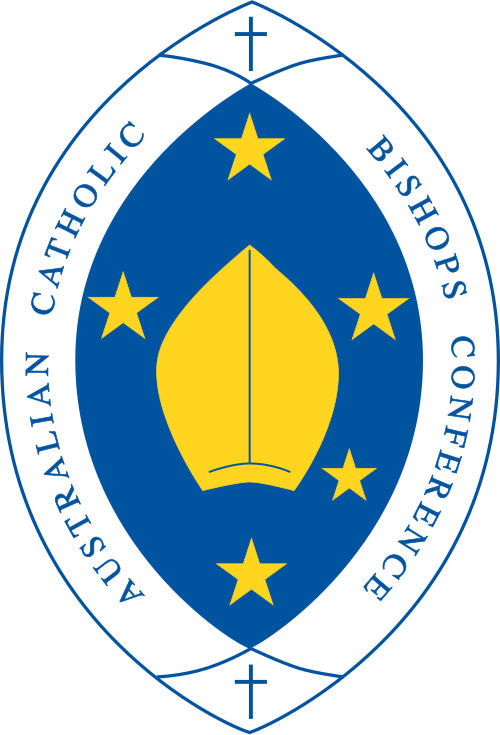
Australian Catholic Bishops Conference
This document published by the Australian Episcopal Conference of the Roman Catholic Church in 2015 is printed in Catholic Worship Book II. It sets out important principles for the use of music at Mass, and clearly identifies liturgical and musical priorities for each part of the Mass.
DIOCESAN RESOURCES
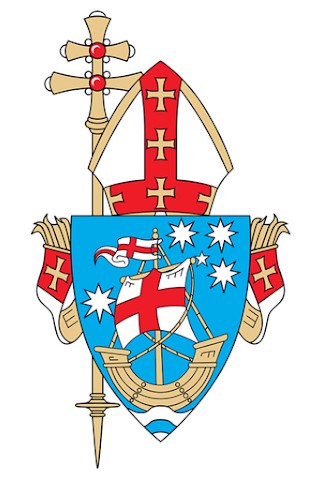
Adelaide
This downloadable PDF provides an overview of the sung elements of the Mass and indicates their priority. It describes the priority of singing parts of the liturgy and discusses how to choose liturgical hymns and songs for the various rites.
Links are provided to recordings of Responsorial Psalm settings by composer Jenny O’Brien for major feasts and Sundays of each Liturgical Year.
Sundays of Year A
Audio Files
Sundays of Year B
Audio Files
Sundays of Year C
Audio Files
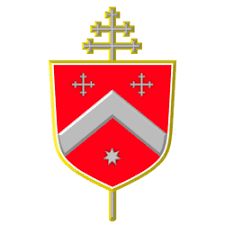
Canberra-Goulburn
This downloadable PDF describes the role of music in the liturgy, some guiding questions and the role of ministers. It outlines the ritual structure in relation to music and offers some tips for musicians and singers. (PDF: 320 KB, 4 pages)
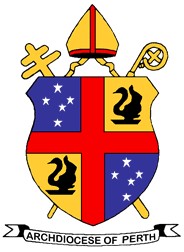
Perth
Music and the General Instruction of the Roman Missal:
The Introductory Rites and the Liturgy of the Word (2022) (PDF: 239 KB, 5 pages)
The Liturgy of the Eucharist and the Concluding Rites (2022) (PDF: 208 KB, 5 pages)
These two downloadable resources assist parish musicians to understand the principles and practices associated with music and the Mass as presented in The General Instruction of The Roman Missal.
This downloadable PDF is a resource for parish priests, liturgical musicians and others who are responsible for preparing and presenting music in the Sacred Liturgy of the Mass. It explains the role of music in the liturgy and active participation of the faithful and describes the structure of the Mass and the elements that are sung. The judgements for choosing music are examined and the importance of developing a parish repertoire and working together are explored. (PDF: 982 KB, 67 pages)
This downloadable PDF is a resource for all those who are responsible for preparing young people to participate with mind, heart and voice in the Sacred Liturgy of the Mass. It explains the role of music in the liturgy, the seasons of the Church's Year and describes the structure of the Mass and the elements that are sung. It examines each element in detail and offers suggestions as well as outlining the judgements involved. The role of the assembly and music ministers are explored and some suggested resources are offered. It describes the differences between catechetical music and liturgical music. (PDF: 1,125 KB, 36 pages)
This downloadable PDF is a resource for resource to help parish musicians lead singing when when an accompanist is not available. It outlines some practical considerations the issues associated with using recorded music in the liturgy. Some examples of music that is suitable for singing without accompaniment are given.(PDF: 230 KB, 7 pages)
This downloadable PDF is a resource to help parish musicians understand the roles of the Cantor, Choir and People in the Liturgy. It outlines some helpful documents of the Church and describes the categories and priorities of what is sung. It explains the purposes of a choir and how to achieve a balance in the liturgy. (PDF: 174 KB, 15 pages)
This downloadable PDF is a resource to assist Church Musicians to comply with copyright requirements. It describes the different kinds of copyright and how to obtain permission. License requirements are examined and answers to frequently asked questions are provided. (PDF: 497 KB, 13 pages)

Wollongong
This downloadable pdf outlines the foundations for understanding the nature of The Liturgical Music Minister, including role descriptions, methods of recruitment. Guidelines regarding remuneration of key personnel are also included. (PDF: 318 KB, 7 pages)
This downloadable PDF details the centrality of the liturgy importance of music. It identifies the assembly as the primary music minister and the different forms of liturgical song, offering guidance the options involved and selection. Some key issues are identified with some suggested strategies and resources to assist with music ministry.(PDF: 116 KB, 8 pages)
This downloadable resource outlines the nature of copyright in the liturgical context. It describes how to obtain the different types of copyright and the licenses available and the importance of compliance. (PDF: 267 KB, 10 pages)
This downloadable PDF details the centrality of the liturgy importance of music. It identifies the assembly as the primary music minister and the different forms of liturgical song, offering guidance the options involved and selection. Some key issues are identified with some suggested strategies and resources to assist with music ministry.(PDF: 116 KB, 8 pages)
This downloadable resource explores the importance of using gifts for ministry and how those with professional skills and regular and ongoing service of the Church need to be supported fairly. A number of resources are listed to assist parishes with the employment of professional liturgical musicians. (PDF: 1,151 KB, 2 pages)
Other Resources
Journal Articles
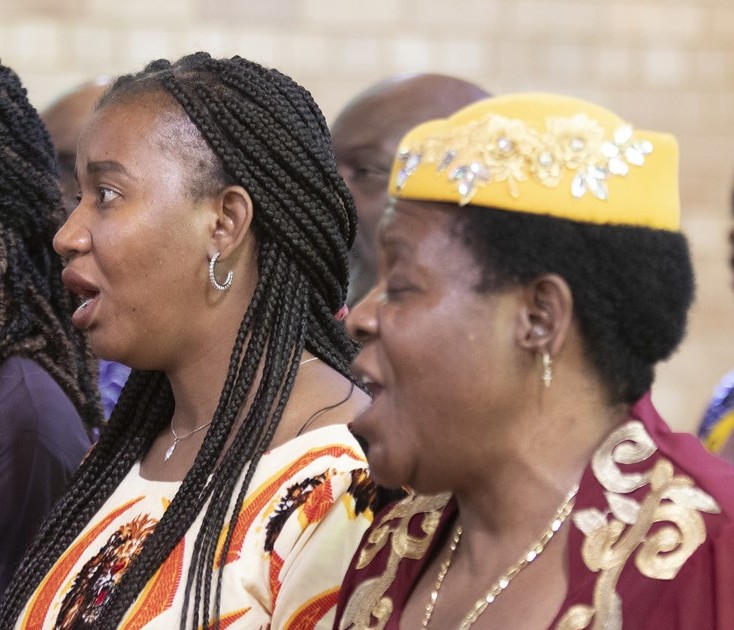
In addition to the requirement for theologically sound texts, the oft-quoted three judgments for choosing liturgical music are also most pertinent for those composing it. Musically, is the piece, technically, aesthetically and expressively worthy? Liturgically, does it meet the requirements of the liturgy? Pastorally, does it consider the capabilities of those who will sing it and help them express their faith?
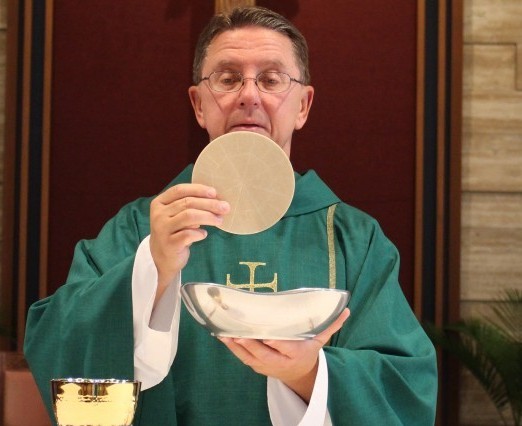
The communion song begins as the priest receives communion and continues for as long as the sacrament is being administered. The unity of voices shows a unity of spirit and highlights the communitarian nature of the communion procession. Musicians ideally receive communion at the end of the procession after they have served the liturgy and the assembly.
.jpg)
Terms such as religious music, sacred song, church music, ritual music, worship music and liturgical music are often used interchangeably. This article will discuss some of these and lead on to a consideration of what the essence of ‘liturgical music’ should be.
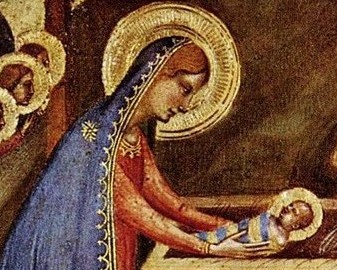
While the range of liturgical music has developed rapidly, regular churchgoing has declined. This has serious implications for congregational participation. While new music needs to be taught, poorly executed innovation destroys community. A balance is needed between familiarity and innovation.
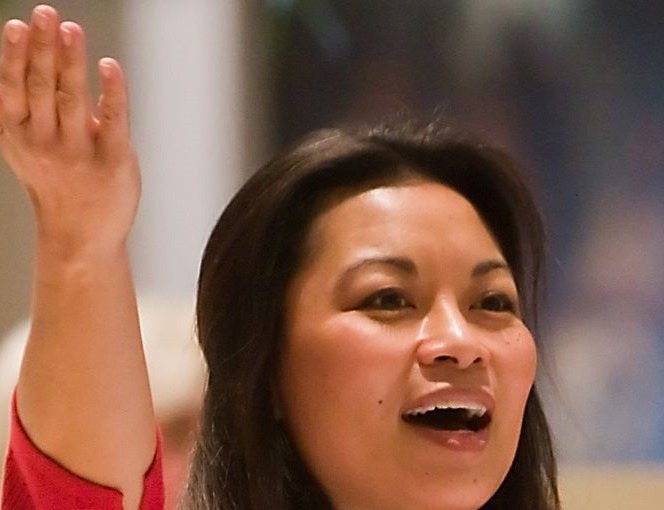
Music in the liturgy works best when it is familiar to the assembly. Hymn texts need to inspire, encourage, teach, unite and above all enhance prayer. Parish musicians therefore need to choose music that invites the assembly to sing, and this requires time and discernment.
Podcasts
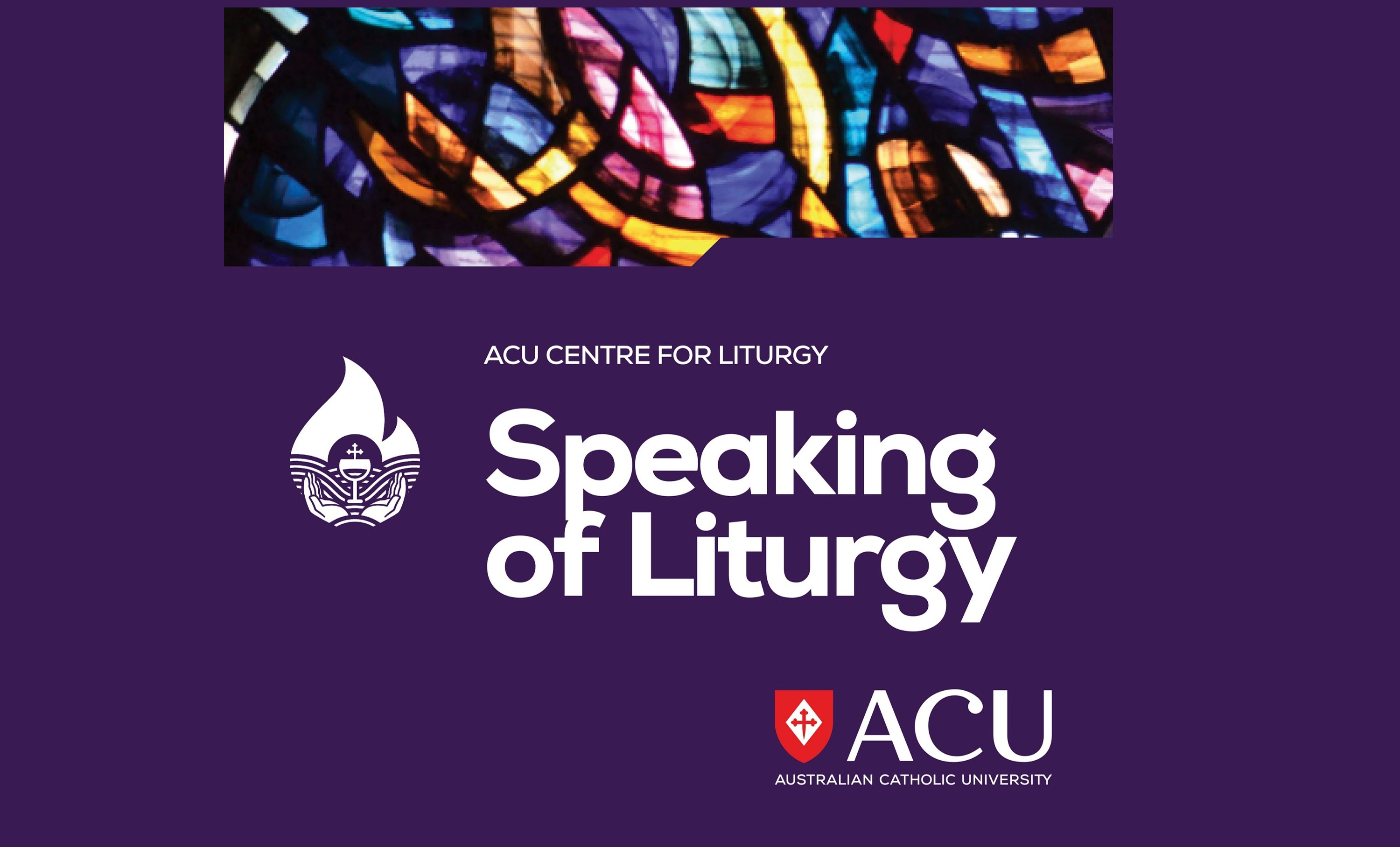
Paul Taylor offers some helpful strategies to invigorate parish music ministry and strengthen the assembly's singing in liturgical celebrations.

Anthony Young describes how to foster strong community singing at worship in the school setting, developing aspects of a school music program that supports student participation in the liturgy.

Fr Christopher Willcock, SJ invites composers to consider how to help worshippers find a common voice.

